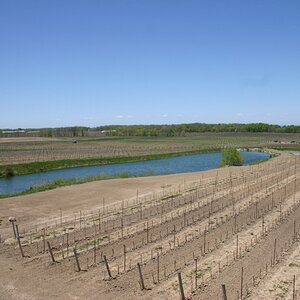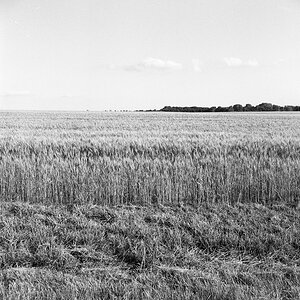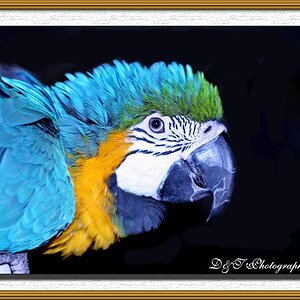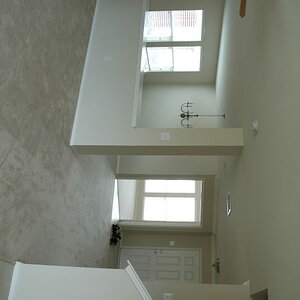flibbit
TPF Noob!
- Joined
- Aug 12, 2012
- Messages
- 18
- Reaction score
- 0
- Location
- Louisville, KY
- Can others edit my Photos
- Photos OK to edit
So when you have a subject you're wanting to snap a picture of but it's in less-than-ideal light, what is the first thing you do? Increase ISO? Reduce shutter speed? Increase the aperture?
Since all three can generally increase your camera's sensitivity to light or the amount of light allowed in, what do you alter first and foremost? I realize that it's probably not as simple as this and that ISO/shutter speed/f#s should complement each other in a given setting, but for someone who is a beginner with the technical side of photography, how do I start simply?
I've played around with each setting and have a generally good idea what ranges do what. But do you tend to preference changing one setting over another in order to lighten your image? I'm guessing unless you're consistently using a tripod, changing shutter speed isn't your first choice.
Since all three can generally increase your camera's sensitivity to light or the amount of light allowed in, what do you alter first and foremost? I realize that it's probably not as simple as this and that ISO/shutter speed/f#s should complement each other in a given setting, but for someone who is a beginner with the technical side of photography, how do I start simply?
I've played around with each setting and have a generally good idea what ranges do what. But do you tend to preference changing one setting over another in order to lighten your image? I'm guessing unless you're consistently using a tripod, changing shutter speed isn't your first choice.






